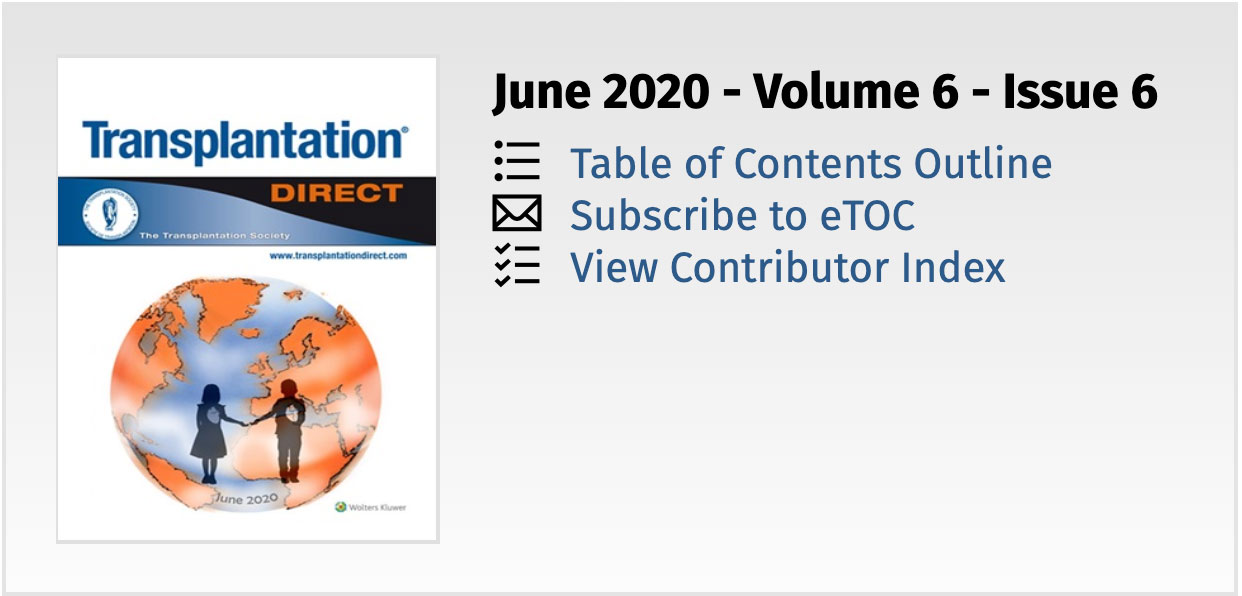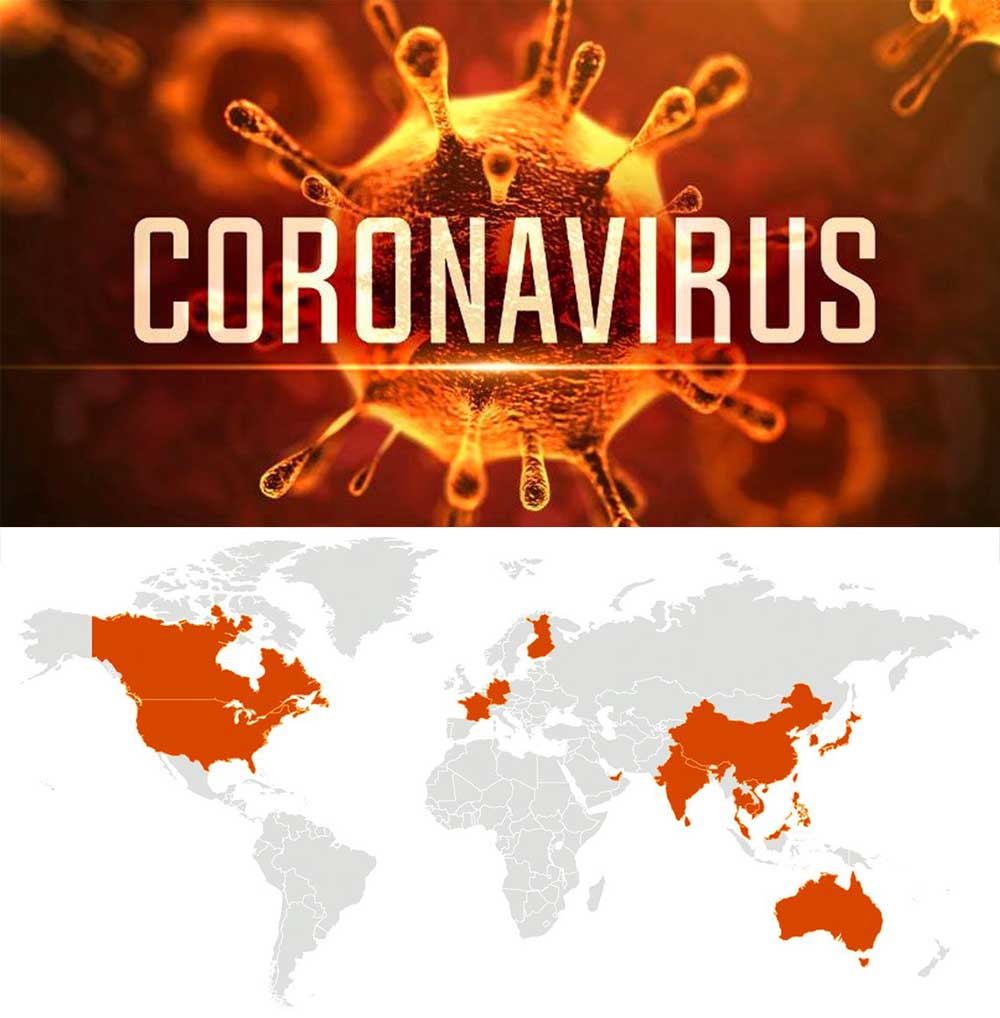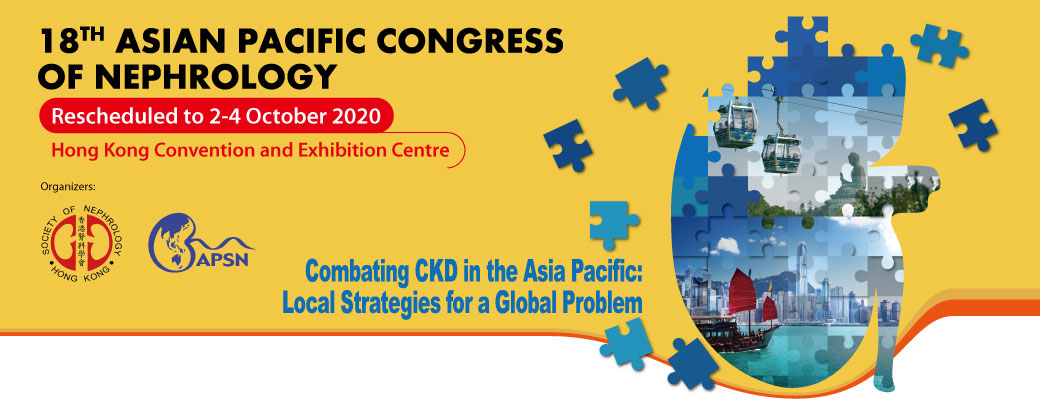
SERVING THE INTERNATIONAL TRANSPLANTATION COMMUNITY

As we wish to bring our Congress to the entire international transplantation community, and in everyone’s individual time zone, we developed a program and schedule that would allow all delegates to access the Congress programming during two time periods regardless of geographic region.
JUST RELEASED - TRANSPLANTATION DIRECT - JUNE ISSUE
The June issue of Transplantation Direct is now available in open access. This issue has two articles on COVID-19, one commenting on the challenges of excluding COVID-19 before organ transplantation and the other providing the early experience in Singapore on practical guidelines and dilemmas in the management of patients after transplantation in this era. We have articles in kidney transplantation on how renal graft function can alter clearance and exposure to drugs that depend on renal organic anionic drug transporters, and a case study is presented which looks at the effect of TNF inhibitors on BK viremia. For the liver transplant community, long-term outcomes are reported for patients with hemochromatosis, and another study examines the psychological and financial impact of travelling long distances for liver transplantation and aftercare. Another study examines whether recipient age affects outcomes in patients receiving a combined liver-kidney transplantation. In lung transplantation, one study tests whether giving a 23-valent pneumococcal polysaccharide vaccine after 13-valent pneumococcal vaccination could improve serological responses, and another group investigates optimizing volume management and cardiac function with continuous renal replacement therapy. We also have an interesting article on Crohn's disease patients and patients with NOD2 mutations that receive intestinal transplantation -- are their outcomes as good as other intestinal transplant recipients? Our Transplantation Direct website can now be accessed for full details on these new articles.
TRANSPLANTATION - HIGHLIGHTED ARTICLE

Dr. Jeremy R. Chapman, Editor-in-Chief, Transplantation
Three-month Storage of Human Corneas in an Active Storage Machine
Garcin T, Gauthier A, Crouzet E, et al.
Transplantation: June 2020 - Volume 104 - Issue 6 - p 1159-1165
Transplantation of the Cornea has always been a more interesting model for organ transplantation than for tissue transplantation because it requires viable cells to be functional, even though the cornea is not vascularised. Corneas have thus lead the way for organ preservation and are routinely stored and now cultured for prolonged periods before use. Thus it has been possible to eliminate waiting lists and simply plan surgery and order a cornea from the Eye Bank in some places. This paper explores the limits of storage by comparing standard organ culture with an Active Storage Machine, the critical elements of which are maintenance of simulated intraocular pressure and constant renewal of the organ culture medium. This comparison of Organ Culture with Active Storage in a randomised controlled preclinical study of 24 pairs of corneas has shown substantial differences between the two systems in a range of measures including the critical density of Endothelial cells at 88 days post retrieval as well as other indices of viability. At the end of the study at 3 months 33% of Actively Stored corneas met standard criteria for clinical use compared to none using organ culture.
The new technique thus offers not only longer term storage but also the potential for clinical therapeutic interventions such as gene therapy and stimulation of endothelial cell proliferation. The immediate application of the system for pre-clinical study will also offer opportunity for advancement in corneal transplantation. Perhaps there is also a message for solid organ preservation around the value of emulating in vivo pressures?
CORONAVIRUS (COVID-19) UPDATE DASHBOARD
The Transplantation Society (TTS) and our journal Transplantation have developed online resources to keep you informed on the Coronavirus (COVID-19) outbreak.
- TTS Coronavirus (COVID-19) Dashboard
www.tts.org/covid-19 - Transplantation Global Transplantation COVID Report
www.tts.org/txjcovid19
We are also requesting contributions and news from the transplant community to be sent to covid-19@tts.org for inclusion on our resources page.
In this dashboard, you will find links to TTS and other global and regional resources, as well as interactive maps, publications and webinars. We encourage you to explore this dashboard and share with your colleagues.
Website - www.tts.org/covid-19
Editors and contributors to Transplantation have shared their thoughts on how they are dealing with the current crisis. While we understand that the information of today may be quite different tomorrow in this fast-moving pandemic, this report will open our forum of an international exchange on COVID for the transplant community.
Website - www.tts.org/txjcovid19
Please send your own contributions and news to covid-19@tts.org for inclusion on our resources page.
GUIDANCE ON CORONAVIRUS DISEASE 2019 (COVID-19) FOR TRANSPLANT CLINICIANS
This is the forth update of Coronavirus Disease 2019 (COVID-19) Guidance from the TID Section of TTS. It is important to note that information about this disease and our understanding of this virus and its impact on transplantation is evolving rapidly so the guidance may change over time. We plan to regularly update the guidance as new information becomes available. Additionally, we will be preparing focused modules of guidance that are meant to supplement this document.
KEY CHANGES SINCE LAST UPDATE:
- Updated global epidemiologic data
- Global Guideline References
- Update in guidance based on current data
- Updated references
«HOT OFF THE PRESS» RECENT PUBLICATIONS IDENTIFIED BY TTS EDUCATION COMMITTEE ON COVID-19
This week's selection made by: Enver Akalin, Millie Samaniego, Medhat Askar, MEJ Reinders and Stefan Tullius

Ling Li, MD, PhD
JAMA. doi:10.1001/jama.2020.10044
Published online June 3, 2020.
This is an open-label, multicenter, randomized clinical trial performed in 7 medical centers in Wuhan, China. The trial included 103 participants with laboratory confirmed COVID-19 that was severe (respiratory distress and/or hypoxemia) or life-threatening (shock, organ failure, or requiring mechanical ventilation). Convalescent plasma in addition to standard treatment (n = 52) vs standard treatment alone (control) (n = 51), stratified by disease severity. There was no significant difference in 28-day mortality (15.7%vs 24.0%; OR, 0.65 [95%CI, 0.29-1.46]; P = .30. Convalescent plasma treatment was associated with a negative conversion rate of viral PCR at 72 hours in 87.2%of the convalescent plasma group vs 37.5% of the control group (OR, 11.39 [95%CI, 3.91-33.18]; P < .001).Convalescent plasma therapy added to standard treatment, compared with standard treatment alone, did not result in a statistically significant improvement in time to clinical improvement within 28 days.
COVID-19 in liver transplant recipients: preliminary data from the ELITA/ELTR registry.
Luca S Belli, Christophe Duvoux, Vincent Karam, Rene Adam, Valentin Cuervas-Mons, Luisa Pasulo, Carmelo Loinaz, Federica Invernizzi, Damiano Patrono, Sherrie Bhoori, Olga Ciccarelli, Maria Cristina Morelli, Lluis Castells, Victor Lopez-Lopez, Sara Conti, Costantino Fondevila, Wojchiech Polak
Lancet Gastroenterol Hepatol. 2020 Jun 4
This is a report about the course and management of SARS-CoV-2 infection in 10 liver transplant recipients from a single center in Northwestern Italy in the period March-April 2020. Overall mortality was 20%, whereas Covid-related mortality was 10%.
Husain SA, Dube G, Morris H, Fernandez H, Chang JH, Paget K, Sritharan S, Patel S, Pawliczak O, Boehler M, Tsapepas D, Crew RJ, Cohen DJ, Mohan S.Clin J Am Soc Nephrol. 2020 May 18:CJN.05170420
The study describes an early cohort of outpatient kidney transplant recipients with known or suspected coronavirus disease 2019, of which many had symptomatic resolution without requiring hospitalization.
COVID-19 and kidney transplantation: an Italian Survey and Consensus.
Vistoli F, Furian L, Maggiore U, Caldara R, Cantaluppi V, Ferraresso M, Zaza G, Cardillo M, Biancofiore G, Menichetti F, Russo A, Turillazzi E, Di Paolo M, Grandaliano G, Boggi U; Italian National Kidney Transplantation Network; the Joint Committee of the Italian Society of Organ Transplantation and the Italian Society of Nephrology.J Nephrol. 2020 Jun 3. doi: 10.1007/s40620-020-00755-8. Online ahead of print.
Based on the Italian experience, the authors discuss the reasons for the changes in kidney transplantation activity during the COVID-19 pandemic in Western countries. They also provide working recommendations for the organization and management of kidney transplantation under these conditions. Overall, 60 recipients tested positive for SARS-CoV2 infection, 57 required hospitalization, 17 were admitted to the ICU, and 11 died.
The Innate Immune System: Fighting on the Front Lines or Fanning the Flames of COVID-19?
Julia L. McKechnie, Catherine A. Blish
Cell Host Microbe. 2020 May 20 doi: 10.1016/j.chom.2020.05.009 [Epub ahead of print]
PMCID: PMC7237895
In this review, the authors discuss what is known about the role of the innate immune system during SARS-CoV-2 infection, suggest directions for future studies, and evaluate proposed COVID-19 immunomodulating therapeutics.
The effect of large-scale anti-contagion policies on the COVID-19 pandemic
Hsiang, S., Allen, D., Annan-Phan, S. et al.
Nature (2020). https://doi.org/10.1038/s41586-020-2404-8
This article compiles new data on 1,717 local, regional, and national non-pharmaceutical interventions deployed in the ongoing pandemic across localities in China, South Korea, Italy, Iran, France, and the United States. In the absence of policy actions, the authors estimated that early infections of COVID-19 exhibit exponential growth rates of roughly 38% per day. It is estimated that across these six countries, interventions prevented or delayed on the order of 62 million confirmed cases, corresponding to averting roughly 530 million total infections.
IN THE NEWS
SCIENTISTS GROW MINIATURE HUMAN LIVERS FOR RATS USING STEM CELLS
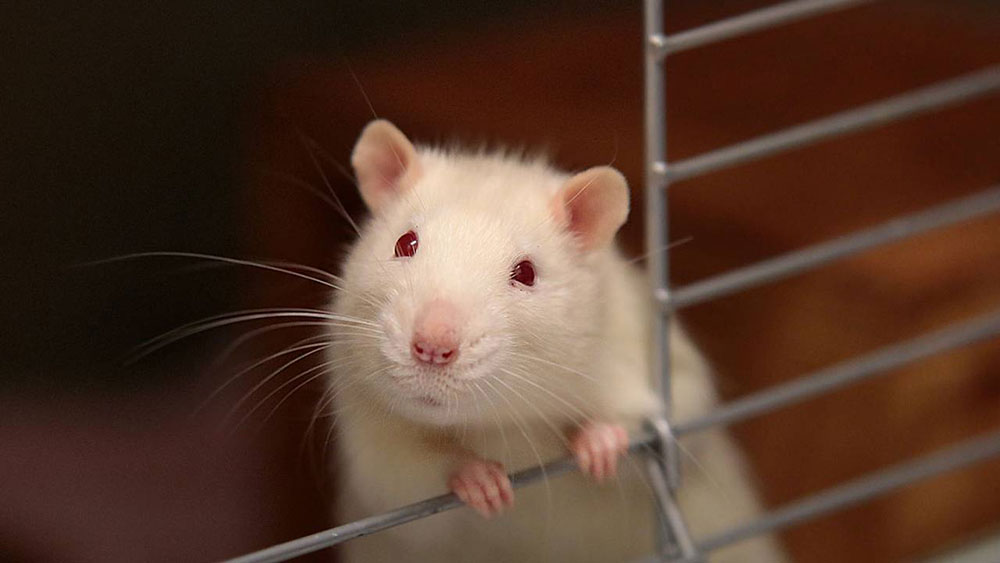
June 4 - Using cells scraped from a person’s skin, researchers grew miniature human livers in a lab and then successfully transplanted them into living rats. The research was a proof-of-concept for the process, demonstrating that in the future, we may simply grow someone a new liver rather than giving them a donor organ transplant.
ARE KIDNEY TRANSPLANT PATIENTS AT HIGHER RISK? THE EUROPEAN EXPERIENCE

June 5 - Experience throughout the world, including in Europe, shows that advanced age is the most important risk factor for death in COVID-19: people aged over 70 years are over 10 times more likely to die compared to those aged below 50. Other factors increasing the risk of death include male sex and comorbidities, including obesity, hypertension, cardiovascular disease, diabetes, chronic lung disease and cancer.
IN ESRD, BARIATRIC SURGERY LOWERS RISK FOR DEATH, UPS ODDS FOR TRANSPLANT
June 3 - Adults with obesity receiving dialysis treatment who underwent bariatric surgery were 30% less likely to die of any cause and 82% more likely to undergo kidney transplantation at 5 years compared with similar adults receiving usual care.
WOMEN ARE NOT MORE LIKELY TO DIE OF CIRRHOSIS THAN MEN, DESPITE FEWER LIVER TRANSPLANTS
June 4 - Prior studies have suggested women might have higher mortality of cirrhosis of the liver than men. Women are also less likely to receive liver transplantation. But the research was unclear. A comprehensive new Northwestern Medicine study shows women are not more likely to die of liver cirrhosis than men, demonstrating that this chronic liver disease affects both men and women similarly.
PRENATAL DIAGNOSIS OF DILATED CARDIOMYOPATHY: A CASE STUDY IN STRATEGIZING MANAGEMENT
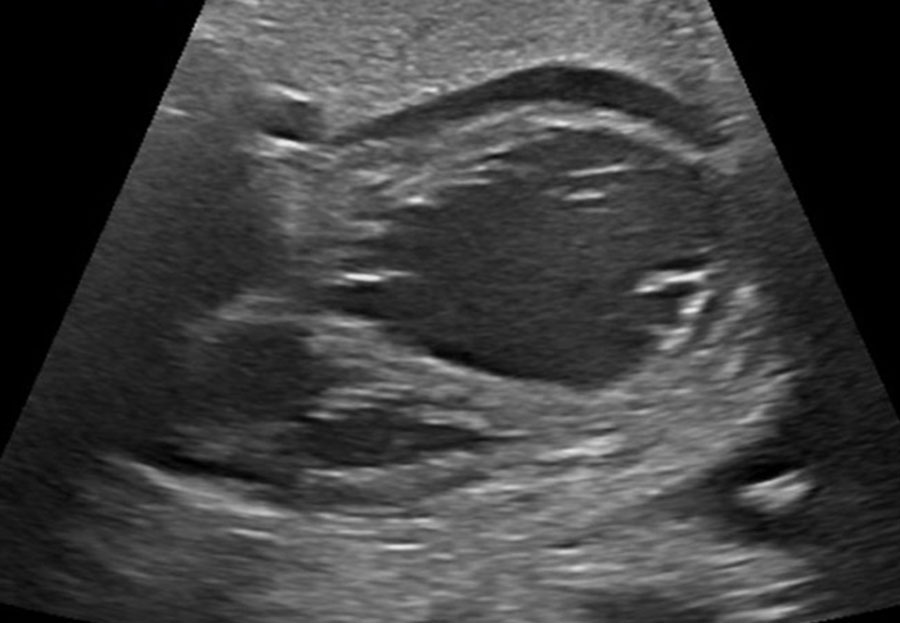
June 5 - Nimble multidisciplinary planning paves a path to infant’s heart transplant.
COVID-19 IMPACTS TRANSPLANT CENTERS
June 4 - Recipients of transplanted kidneys and other organs are at high risk for COVID-19 as a result of being on immunosuppressive medications, and those who contract the disease often experience a disease course that is more severe than in the general population. As a result, transplant centers have decreased the number of transplants they perform, according to the findings of a national survey of solid organ transplant (SOT) programs conducted by Dorry L. Segev, MD, PhD, of Johns Hopkins Medical Institutions in Baltimore, and colleagues.
UPCOMING MEETINGS AND ANNOUNCEMENTS
11th International Pediatric Intestinal Failure and Rehabilitation Symposium
18th Asian Pacific Congress of Nephrology (APCN)
International Transplantation Science Meeting
ITS 2021 meeting in the San Diego area — October 17-20, 2021

After careful consideration, and in light of the ongoing Coronavirus developments, we’ve made the difficult decision to postpone the ITS 2020 Meeting in Europe to 2022. Stay tuned for dates and location.
We would like to take this opportunity to confirm that we will have the 2021 ITS meeting in the San Diego area from October 17-20, 2021.
Further details will be available this summer.
We look forward to hosting you in California next year.
Until then, stay safe and healthy!
Contact
Address
The Transplantation Society
International Headquarters
740 Notre-Dame Ouest
Suite 1245
Montréal, QC, H3C 3X6
Canada
Используйте Вавада казино для игры с бонусом — активируйте промокод и начните выигрывать уже сегодня!

